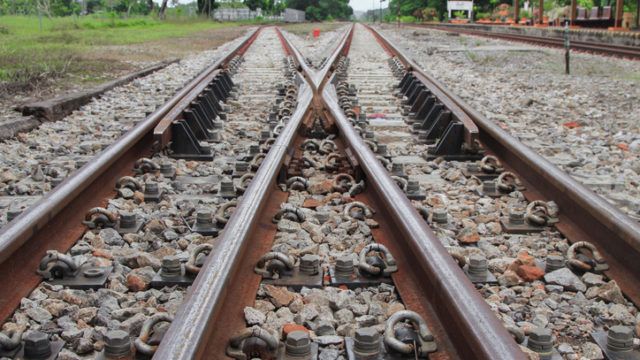Amid the various knock-on effects of Covid-19, private infrastructure continues to provide comparatively attractive risk-adjusted entry returns from a long-term historical perspective.
“We observe an expansion of infrastructure strategies, driven by a broadening of the opportunity set, investors seeking exposure to a wider risk/return spectrum and regulation supporting ESG strategies,” said Gianluca Minella, head of infrastructure research at DWS.
As part of the firm’s strategic outlook for global private infrastructure equity, it expects the revenue profile of this asset class to return to growth.
The average annual growth rate is expected to be at 2% in 2021 and 2022, but below the long-term historical average at 3.1%, according to DWS.
Riding off resilience
The growth forecast stems from infrastructure demand generally remaining strong in the face of the economic difficulties in 2020.
As of May 2021, for example, the firm said private infrastructure had raised a total of $40.5bn.
Trade, for example, continued to support ports and rail freight operations throughout the pandemic, with global supply chains and industry operating at near peak capacity in the first half of 2021.
Yet there were differences across sectors – while freight proved resilient, and digital infrastructure and renewables accelerated, passenger transportation was materially affected by lockdown measures.
However, DWS believes this will change in the second half of 2021. “We anticipate a gradual recovery in sectors still impacted by the pandemic, supported by a return to economic growth,” said Minella.
He referred to the Baltic Dry Index to explain why the firm expects further strengthening of logistics demand fundamentals in the coming months – with supply/demand imbalances contributing to an expected increase in freight rates in the short term.
At the same time, DWS points to data that indicates energy and power demand have largely recovered from the impact of the pandemic in 2020, and are positioned for a further expansion in 2021 – supported by economic recovery, but varying by region and energy source.
Diverse and strategic
More broadly, the diverse nature of private infrastructure as an asset class has seen it expand during the past decade to cover a wider range of sectors and strategies. This is a trend that DWS expects to continue.
“This provides in our view increased potential for portfolio diversification benefits and for more targeted strategic asset allocation, supporting risk/adjusted returns in the long term,” explained Minella.
In the shorter term, meanwhile, the digital infrastructure sector remains supported by solid capex requirements and earnings’ growth expectations underpinning returns. This is despite recently rising valuations on the back of increased popularity for digital infrastructure following Covid-19.
“While we continue to anticipate strong growth in the pipeline of digital infrastructure projects, underpinned by material investment needs and supportive earnings’ growth assumptions, we also acknowledge that entry prices appear to have increased compared with our January 2021 assumptions,” added Minella.
The price rises have been driven by growing popularity for the sector. “Investors may increasingly factor higher entry prices for digital infrastructure in their long-term entry return expectations,” he added.
There is also growing expectation of an increased focus on ESG-related strategies. This is in line with policymakers taking action to steer capital towards sustainability objectives, as well as ESG now being a key strategic driver for the investment management industry.
“We observe a stronger focus of private infrastructure investors on assessing the financial materiality of ESG risks as part of their strategy, and in increasingly setting investment criteria linked to double materiality and real world ESG outcomes,” said Minella.

















